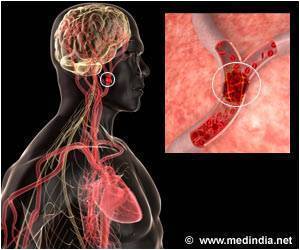Biological age can differ from chronological age, and measuring biological age can indicate health risks or the risk of early death and thus hopefully provide new opportunities for preventative healthcare, reports a new study.

‘Biological age measurements assess aging-related physiological change and predict health risks among individuals of the same chronological age.
’





But which markers are most relevant to the measurement of biological age? One new piece of the puzzle can be found in a study led by Sara Hägg, a researcher at Karolinska Institutet, that combined different markers. "There are different ways of measuring biological age," she says. "We need to know which markers are the most important. Ultimately it might conceivably lead to new ways to prevent age-related diseases."
The biological age metric has been examined in several studies recently. One thing that sets this new study apart is that it studies a combination of multiple markers.
The results of the study show that some markers are particularly important for predicting the risk of early death. The degree of frailty, based on the participants' self-reports of various symptoms, is one; another is the epigenetic clock (DNA methylation age estimator), which is linked to how different genes are expressed.
Other markers studied include telomere length, blood biomarkers, and cognitive and physical abilities. These markers were also associated with an increased risk of early death.
Advertisement
"There is a lot of interest in this research, and biological age is an effective tool for predicting health risks," says Hägg. "However, it's important to stress that our results are population-based and need to be validated at an individual level."
Advertisement










